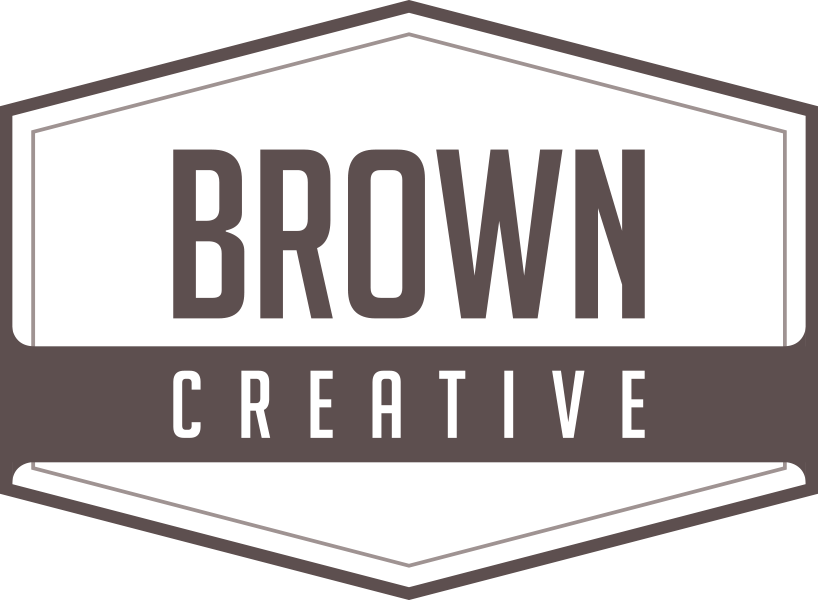Imagine walking into a room painted in bright red. How does it make you feel? Now, think about stepping into a space awash in serene blue. Notice the difference? This isn’t just a fluke; it’s color psychology at work. Color psychology explores how colors affect our emotions and behaviors. From marketing to interior design, it’s a powerful tool that influences how we interact with the world around us.
For business owners, understanding color psychology can be a game-changer. Whether you run a small e-commerce store or a large corporate website, the colors you choose can impact user experience, brand perception, and even sales. In this blog post, we’ll explore the fascinating world of color psychology and how you can harness its power in your web design strategy.
The Science Behind It
Colors are more than just visual stimuli; they evoke emotions and can influence behavior. Studies show that colors have a direct impact on our mood and decision-making processes. For example, red can evoke feelings of urgency or excitement, often used in clearance sales to spur immediate action. Conversely, blue is associated with trust and calm, making it a popular choice for corporate websites and financial institutions.
The science behind color psychology isn’t just theoretical. Various studies have confirmed the physiological and psychological effects of colors on humans. For instance, colors can influence heart rate, blood pressure, and even appetite. Understanding these scientific principles can help you make more informed choices in your web design.
Application in Web Design
How Businesses Can Use Color Strategically
In web design, color isn’t just about aesthetics; it’s a critical component that can influence user behavior. A well-chosen color scheme can guide visitors through your website, highlight crucial elements, and evoke the right emotions.
Examples of Successful Use of Color in Web Design
Take Coca-Cola’s iconic red, for example. It’s not just eye-catching; it creates a sense of excitement and urgency. Similarly, Facebook’s blue theme evokes trust and reliability, encouraging users to spend more time on the platform.
Tips for Choosing the Right Colors
When selecting colors for your website, consider your brand’s message and target audience. For a children’s toy store, vibrant and playful colors like yellow and orange can create a sense of fun and excitement. In contrast, a spa might opt for calming greens and blues to promote relaxation.
Impact on User Experience (UX) and Conversion Rates
User experience (UX) is crucial for keeping visitors engaged on your website. Poor color choices can lead to a confusing or overwhelming experience, driving potential customers away. Conversely, strategic use of color can enhance the user experience, making your site more intuitive and enjoyable to navigate.
Studies have shown that color can significantly impact conversion rates. For instance, changing the color of a call-to-action button from green to red increased conversions by 21% in one A/B test. This is because red creates a sense of urgency, compelling users to take action.
Case Studies
Real-World Examples
One notable example is HubSpot, which conducted an A/B test on their call-to-action buttons. They found that a red button outperformed a green button by 21%. This simple change led to increased click-through rates and, ultimately, more conversions.
Another case study involves a children’s hospital that switched their website’s color scheme from a dull gray to a cheerful yellow. The result? A significant increase in user engagement and donations.
These case studies highlight the tangible benefits of applying color psychology in web design. By understanding your audience and leveraging the right colors, you can achieve specific business goals.
Brown Creative: Visually Appealing and High-Converting Websites
At Brown Creative, we understand the power of color psychology in web design. Our team of experts applies this knowledge to create visually appealing and high-converting websites for our clients. From e-commerce stores to corporate websites, we use color strategically to enhance user experience and drive business success.
In conclusion, color psychology is a crucial consideration in web design that can have a significant impact on your business. By understanding the science behind it and applying it strategically, you can create a website that not only looks great but also drives results. Ready to harness the power of color psychology in your web design? Contact Brown Creative today to get started. Let’s create a website that not only looks beautiful but also works for your business.
